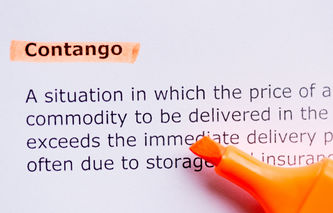Definition
The financial investing term inverted yield curve refers to a downward sloping line plot used to illustrate the interest rate differences between short and long-term debt instruments. An inverted yield curve is a rare event, since it indicates short-term rates are higher than longer-term rates. When debt securities issued by the U.S. Treasury Department result in an inverted curve, it's deemed a signal the economy is about to enter a recession.
Explanation
Also known as the term structure of interest rates, yield curves are typically used depict the relationship between interest rates and the time to maturity of a debt security such as a bond. The shape of the curve provides the analyst-investor with insights into the future expectations for interest rates, as well as possible increases or decreases in macroeconomic activity. Yield curves are simple line plots showing the term, or maturity, on the x-axis (horizontal axis) and the corresponding rate of interest, or yield, on the y-axis (vertical axis). When plotting a yield curve, the securities should be of similar, if not identical, credit quality.
A yield curve can take on several different forms, and as the illustration below demonstrates, an inverted yield curve has a negative slope that is asymmetrical; the returns on longer term maturities decline at a progressively slower rate. Yields that result in inverted curves are rare, since they indicate short term interest rates are higher than long term rates. When a plot of debt issued by the U.S. Treasury Department results in this type of curve, it's typically interpreted as a signal the United States is about to enter a decline in economic activity, inflationary times, or a recession. The term partial inversion is used to describe situations where some short term securities have higher yields than longer term bonds.
There are a couple of explanations for this type of curve:
Long-Term Interest Rates: investors believe interest rates will be lower in the future, resulting in a sharp increase in demand for longer-term bonds, which subsequently lowers yields.
Short-Term Credit: borrowers believe interest rates will be lower in the future, thereby driving up the demand for short-term credit. This sharp increase in demand for short-term credit results in an increase in near-term interest rates.
Example
The following illustration demonstrates the shape of a normal versus inverted yield curve.




